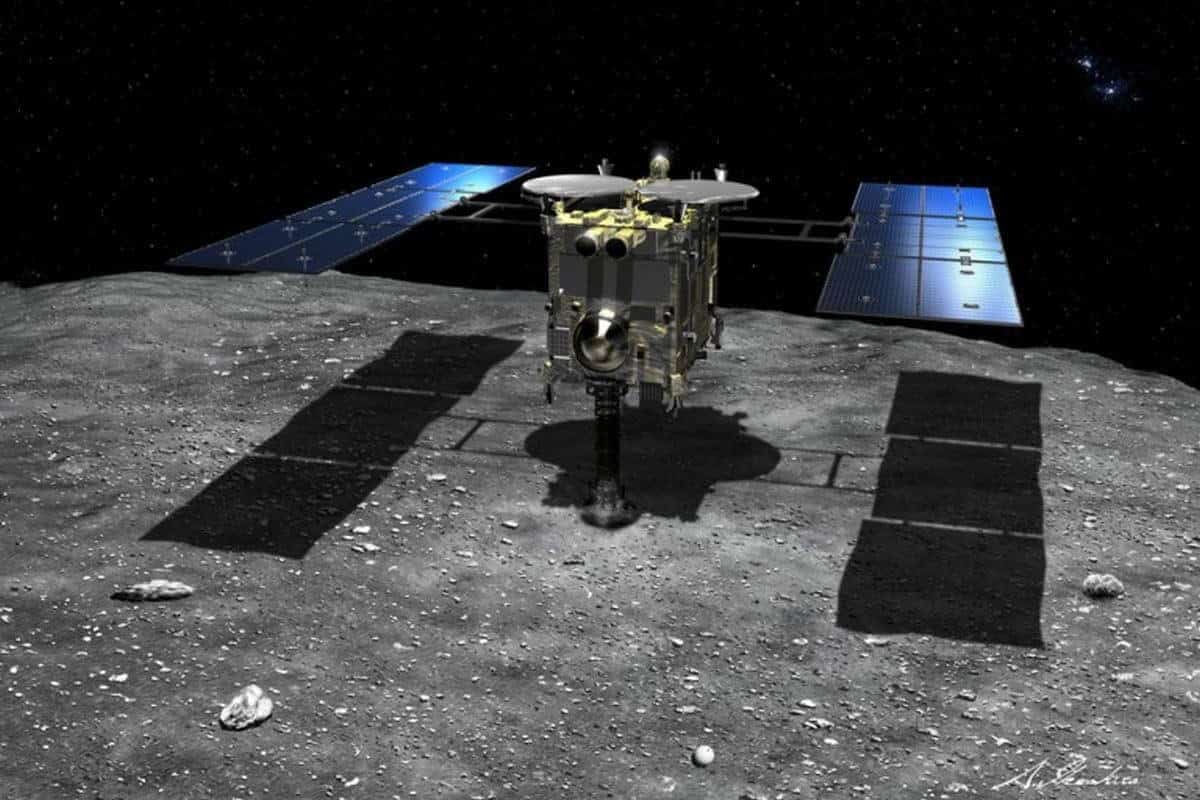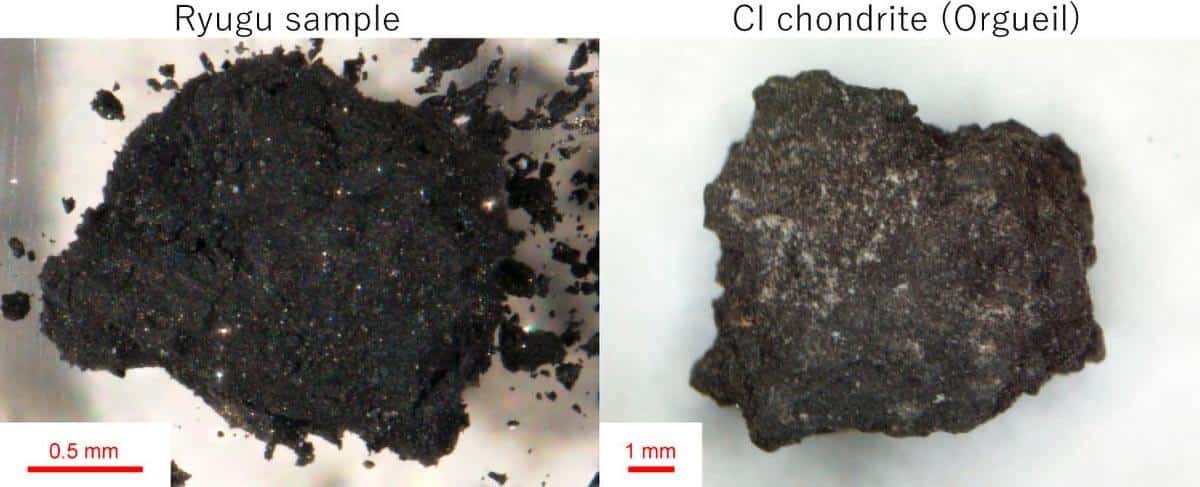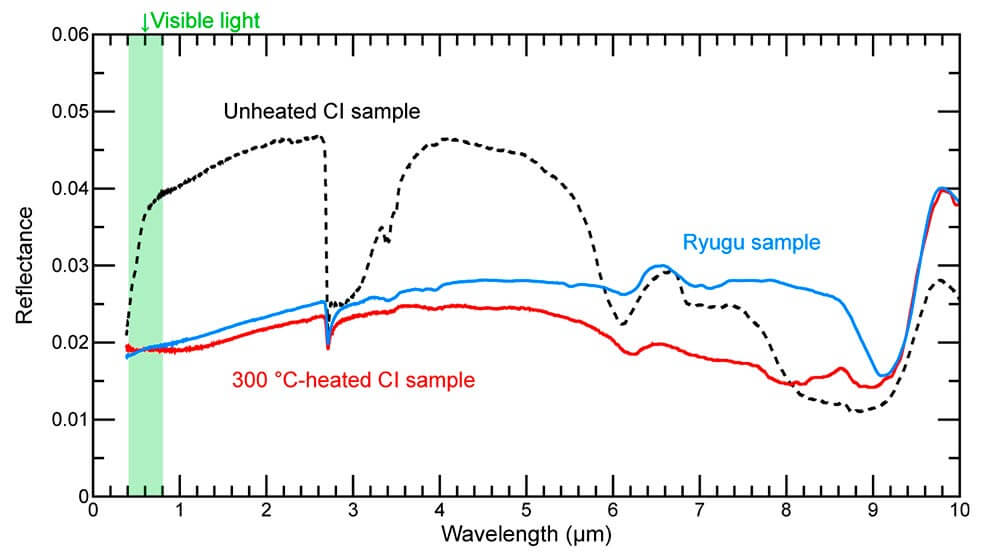
New research on the asteroid Ryugu samples returned by Hayabusa2 offers new understanding of early materials in the Solar System and challenges previous beliefs about the composition of asteroids and the influence of Earth's atmosphere on meteorites.
International researchers have conducted a groundbreaking study that provides unprecedented information about the nature of the asteroid Ryugu and is a significant step in understanding the composition of small bodies rich in water and carbon in the solar system.
Windows to the Early Solar System:
Asteroids, like Ryugu, are remnants of protoplanetary clouds that did not form into planets, and serve as important windows into the materials that formed in the early solar system. The study was based on laboratory measurements of samples returned to Earth by Yabusa 2 in 2020.
The Yabusa 2 mission, led by the Japan Aerospace Exploration Agency (JAXA), aims to reveal Ryugu's true nature and explore how planetary scientists can use knowledge from meteorites to interpret telescopic observations of other watery asteroids.
Unlike similar meteorites that have been modified in the Earth's atmosphere, the Ryugu samples have preserved their original state without such an effect.

Reflectance spectroscopy, a key technique that links laboratory analyzes of meteorites to asteroid observations, was used to compare fresh samples of Ryugu with meteorites that had been altered in Earth environments. The researchers successfully developed analytical procedures that prevented exposure of the samples to the Earth's atmosphere, and ensured the preservation of their original state.
Disputing previous assumptions:
Previous studies have suggested that the mineralogy of the Ryugu samples is similar to that of CI meteorites, which are the most chemically primitive meteorites. However, other studies have contradicted this by revealing a significant difference in the reflectance spectra between Ryugu samples and CI meteorites.
Further investigations in the new study showed that heating the CI samples under reducing conditions at 300°C well reproduced the mineralogy of the Ryugu samples, resulting in a spectrum very similar to that of the Ryugu samples.
Image: [Graph showing the reflectance spectra of a Ryugu sample (blue line), an unheated CI sample (dashed black line), and a CI sample heated at 300°C, adapted from Fig. 5A in Amano et al. (2023), courtesy of Kana Amano and others]
These findings challenge previous assumptions about the origin of CI type meteorites and emphasize the sensitivity of the spectrum of primitive meteorites to atmospheric weathering on Earth. The study suggests that the original bodies of CI meteorites likely have a darker and flatter reflective spectrum than previously thought.
The implication of these findings is that CI asteroids, which are remnants of early protoplanetary bodies, may be richer in carbon than previously thought. Carbon is an important component of organic compounds, so these findings may indicate that CI asteroids were an important source of organic materials in the early solar system. The study was published in the journal Science Advances on December 6, 2023.
The research opens up new possibilities for understanding the composition and evolution of small bodies in our solar system. By considering the effect of Earth's weather on meteorites, we can improve our interpretation of the composition of asteroids and advance our understanding of the early history of the Solar System.

More of the topic in Hayadan:
- Asteroid Ryugu findings – interim summary
- Towards the landing of MASCOT on the asteroid Ryogo from the spacecraft Yabosa 2: the operation manager talks about the planning
- Support for the cosmic version of the birth of the solar system
- Organic material was found on an asteroid sample returned by Yabusa 2
- Japan has landed the Yabusa 2 soil sample from the asteroid Ryugo in Australia
